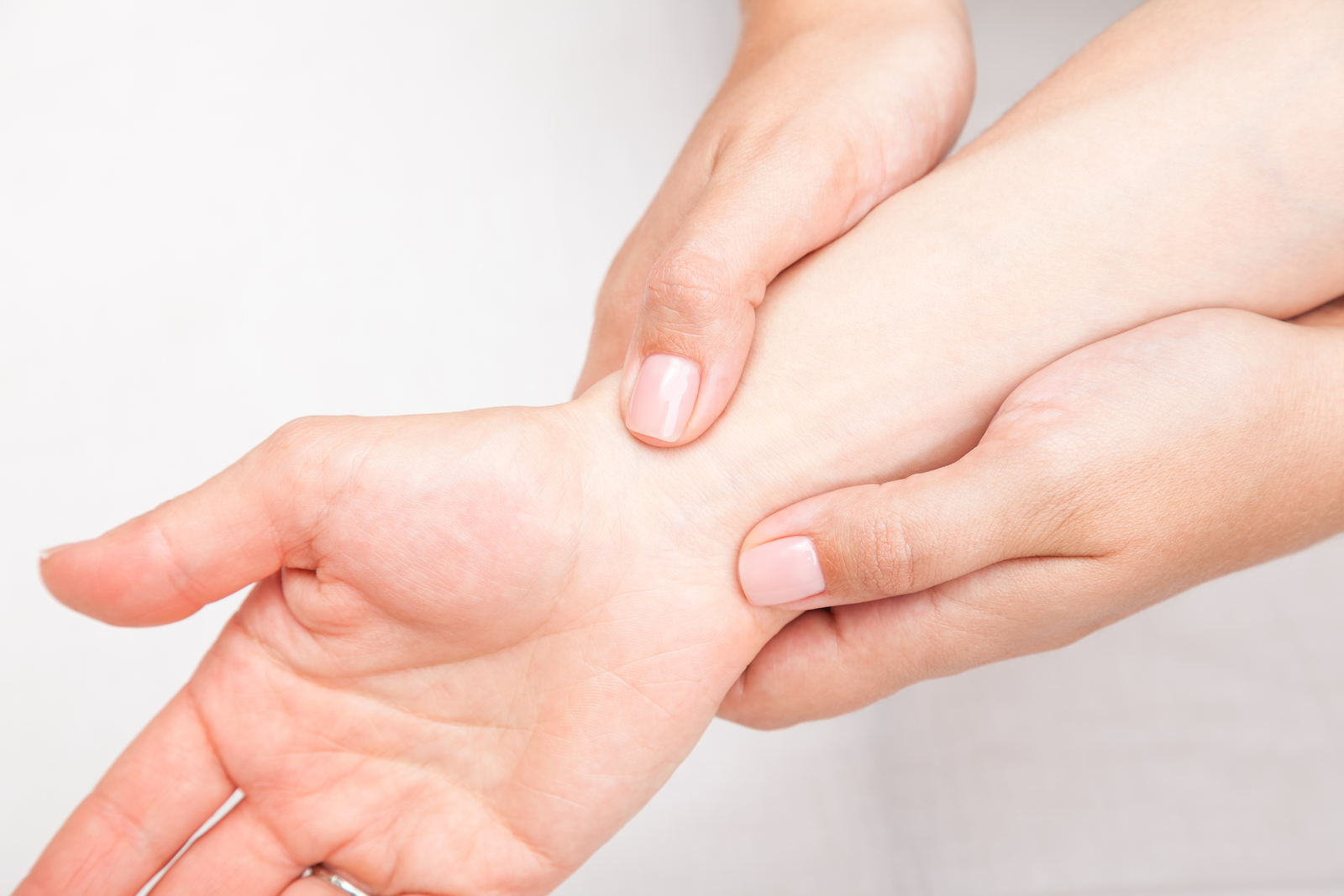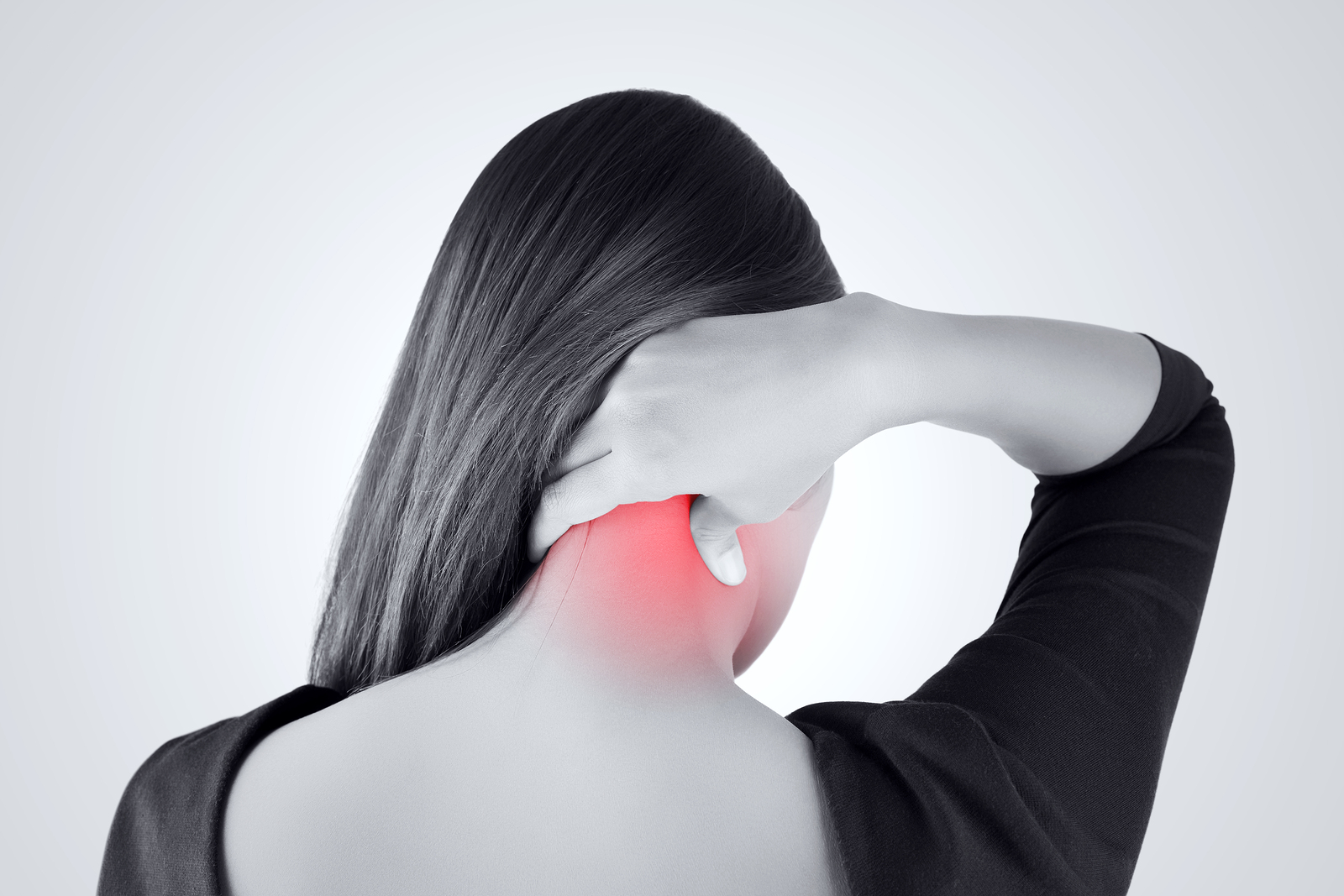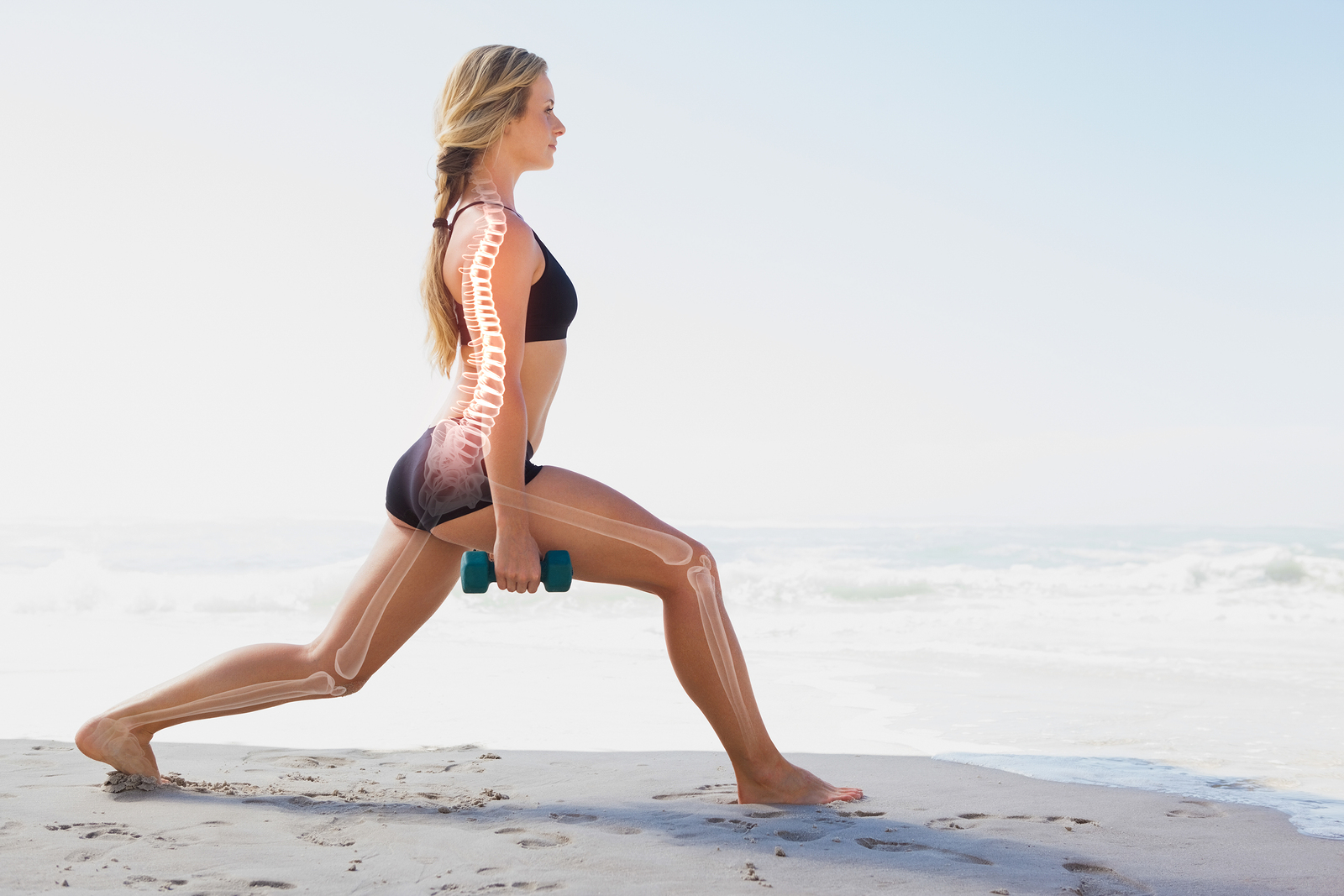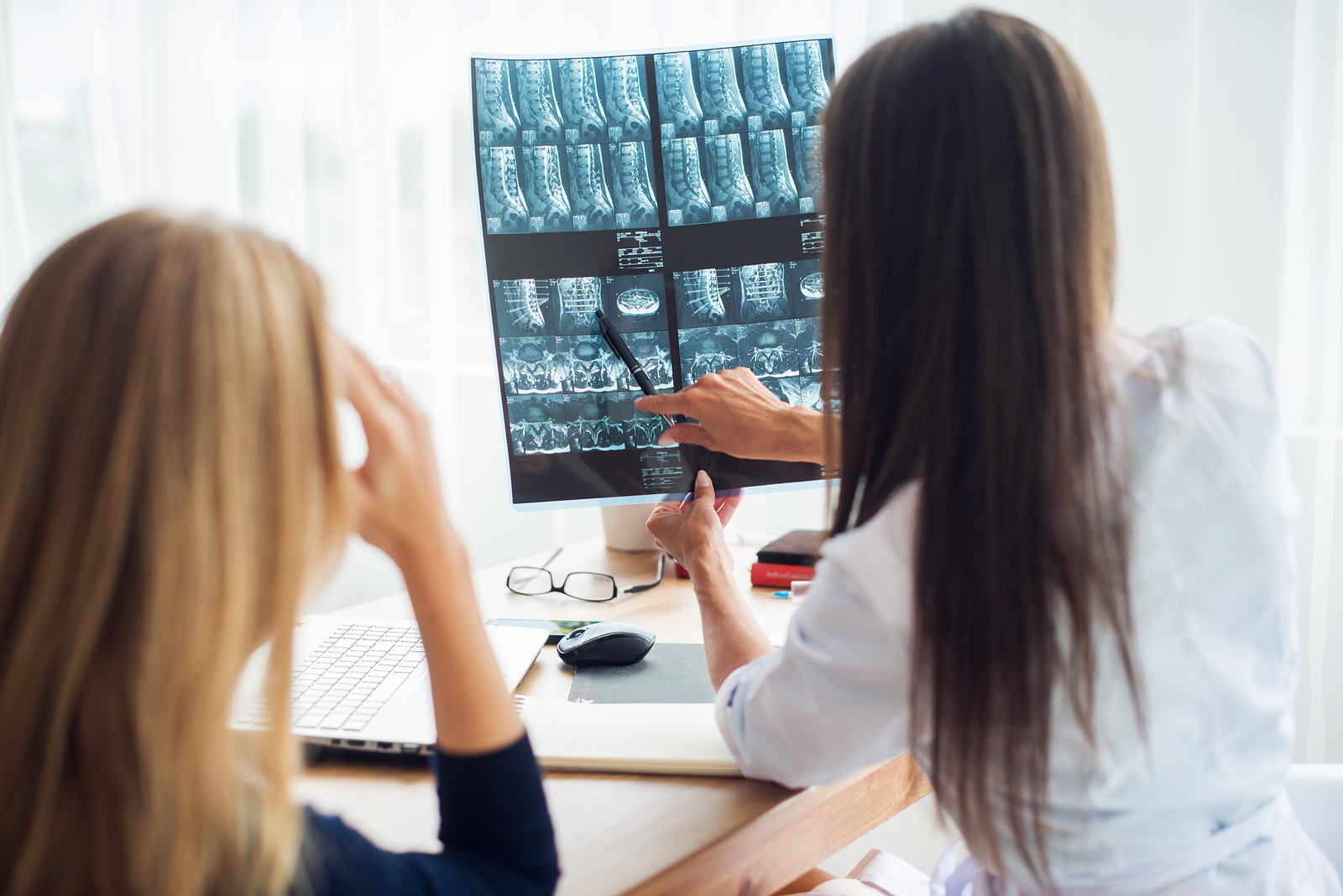The risk of fracture is scary, there’s no doubt. And when it is a major bone, like your pelvis, hip, or spine, a fracture can be debilitating, even life-threatening.
Many women think that osteoporosis or low bone density is a leading cause of bone fractures — one reason why the disease is so frightening. But the statistics just don’t show that osteoporosis is a major cause of fractures of the wrist, hip, or spine.
In reality, most fractures occur as the result of falling. And not many falls are caused by osteoporosis. Wrist fractures occur most often from women bracing themselves as they fall. But as response time declines with age, women are less able to throw their arms up in time, and end up falling on their hips.
Statisticians will tell us that more than a third of people over the age of 65 will fall at least once. The fracture risk for them is close to half (i.e., 15% of the total will have a fracture). If you have established osteoporosis, the risk of a life-impeding fracture is elevated because once an osteoporotic bone is broken it is very difficult to mend.
Hip Fractures
Hip fractures are particularly frightening because they have the most impact on a woman’s quality of life. After age 75, up to 30% of people with hip fractures don’t recover enough to fully engage in their usual lives. By age 90, a third of all women may experience a hip fracture.
But that doesn’t mean that hip fractures are caused by osteoporosis. Even after the age of 80, at least half of all hip fractures are the result of a fall caused by other factors — not a bone spontaneously breaking. And in most cases where bone fragility was a factor there were other co-factors.
A study published in 1995 in the New England Journal of Medicine reported that in 65-year-old women with no previous history of hip fracture, a number of other factors were more significant than bone density in predicting fractures. These include tranquilizer and sleeping pill use, poor coordination, poor vision and depth perception, past history of hyperthyroidism, being tall, low blood pressure and rapid pulse, and lack of muscle strength. The general health of the woman was also a significant factor in predicting bone fractures.
In another study, published in the Journal of the American Medical Association in 1989, use of anti-anxiety medication like benzodiazapines and other tranquilizers increased the risk of hip fracture by 70%. More recently, a large percentage of falls (and ensuing fractures) reported in a nursing home study were attributed to women rushing to the bathroom in the dark.
Understanding the Real Risk of Fracture
For a comprehensive look at the real risk of fracture, I recommend reading Gillian Sanson’s insightful book, The Myth of Osteoporosis. She cites a 1991 article from the British Medical Journal which concluded that differences in bone density between individuals could not predict who would suffer a fracture later in life. The most significant factors were luck, conditions that increase the risk of falling, and the loss of responsive reflexes.
Here’s one statistic that may simplify everything: over 85% of women turning 50 years old today will never have a hip fracture, regardless of their bone density. Perhaps when we’re 80 we’ll all feel comfortable wearing aerodynamic hip pads under our clothes — a simple device that’s been proven to prevent broken hip bones.
Spine Fractures and “Dowager’s Hump”
Losing height and getting a hump are two images of osteoporosis seared into our brain by the media — but the truth behind spine fractures is less daunting. Most vertebral fractures are due to compression and are symptom-free.
Spinal compression occurs when the cushioning tissue between each vertebrae deteriorates over time — it has nothing to do with osteoporosis unless you have been diagnosed with spinal osteoporosis. Losing height for the vast majority of women is just part of gravity’s pull.
Spinal deformity caused by hairline fractures in the vertebrae can cause curvature of the spine and back pain: the dreaded “dowager’s hump.” The chance of developing this condition is exceedingly rare in women under 80.
Reducing Fracture Risk in Women
No one wants to fracture a bone. The good news is that by being aware of where the real risk of bone fracture lies can help you look at the whole picture and know what changes to make. And that doesn’t mean automatically turning to osteoporosis drugs! Reducing your risk of falling by paying attention to your personal potential risk factors is the best way to keep yourself from letting a fracture impact your life.








